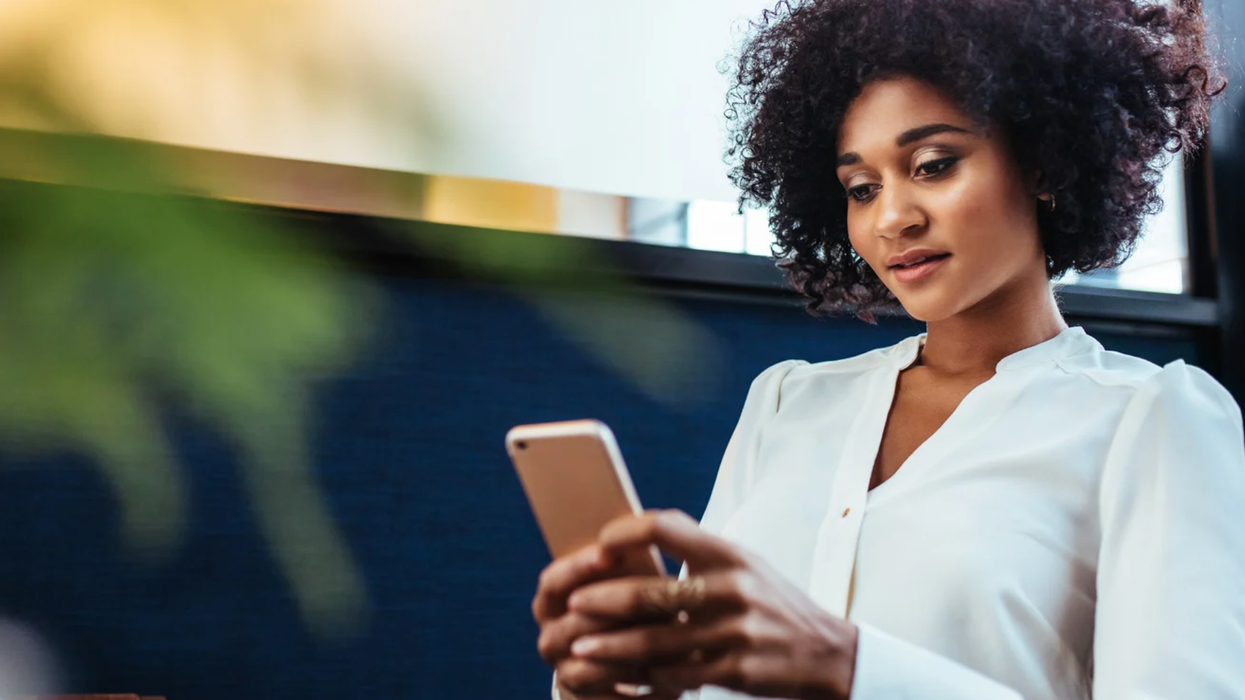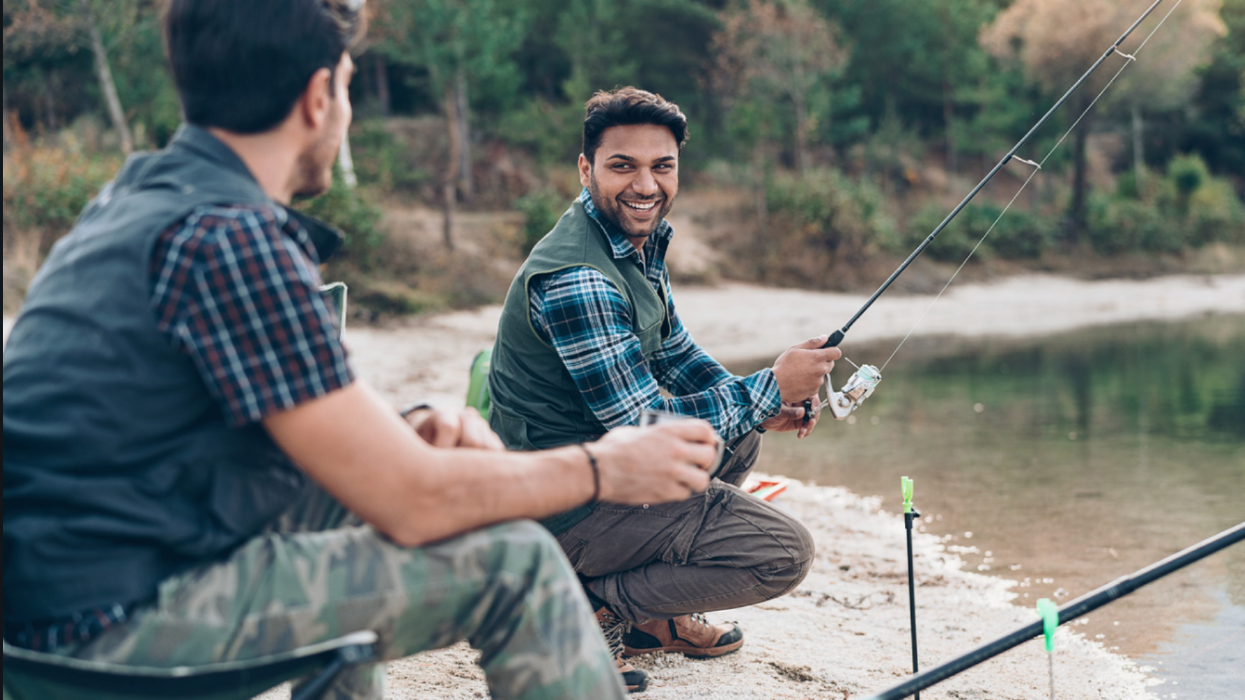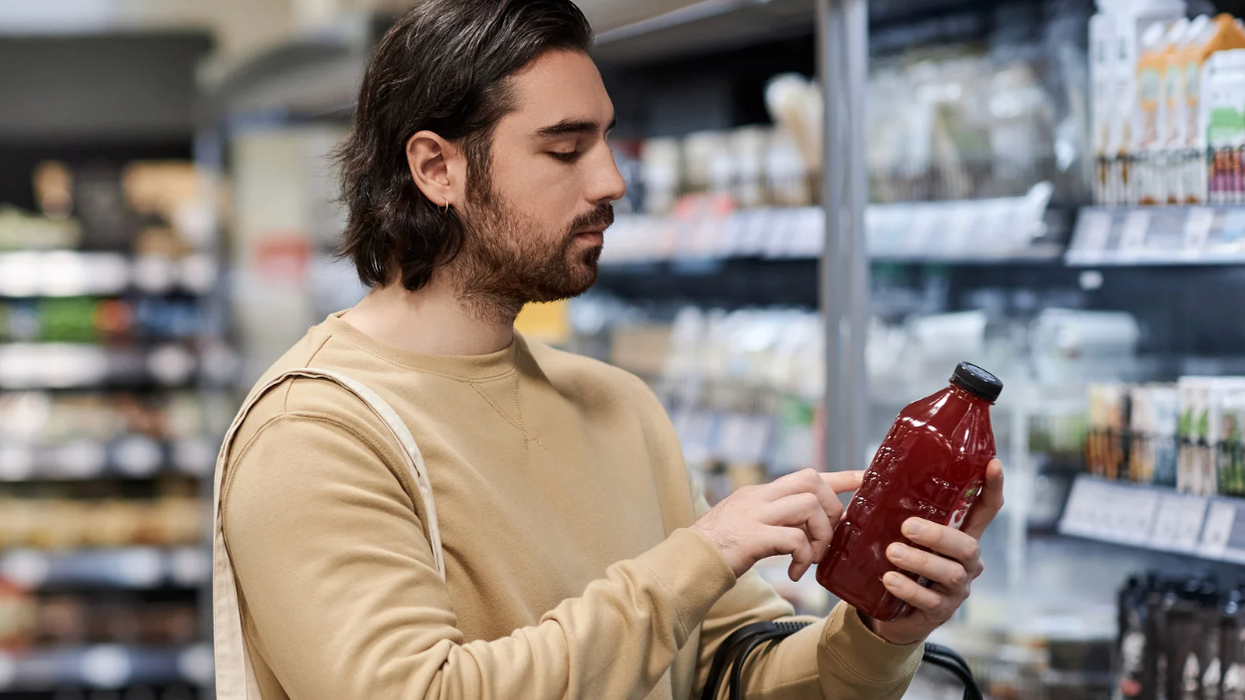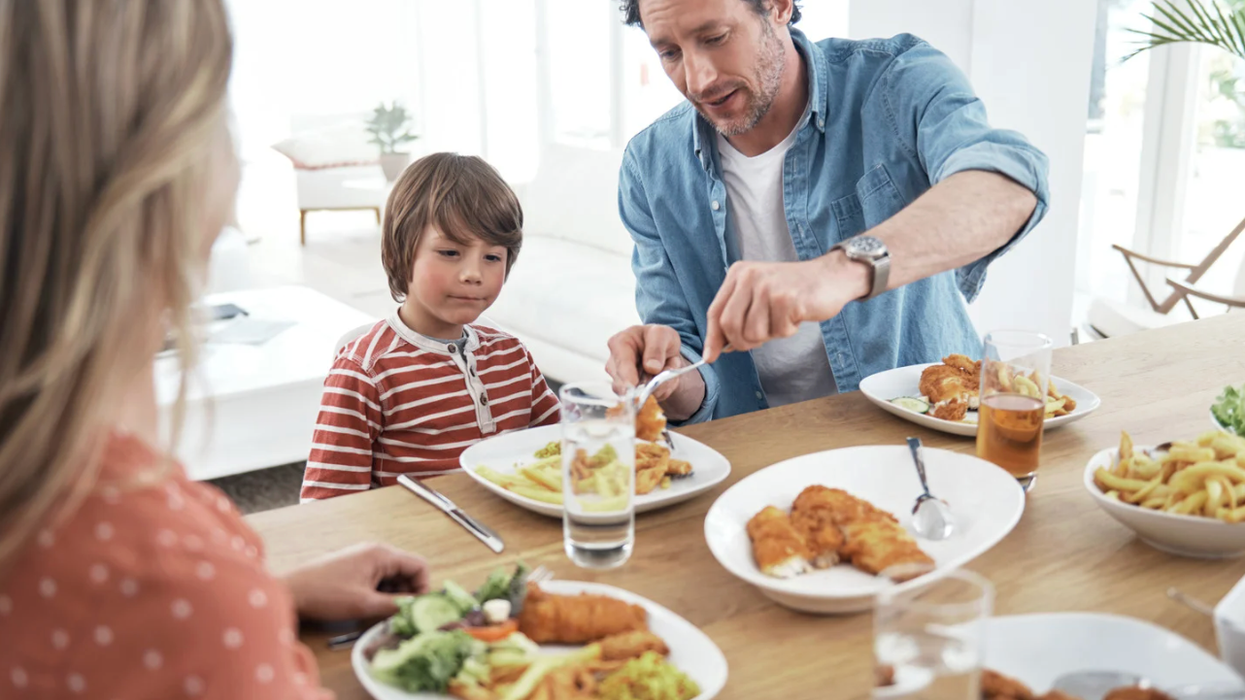You may want to rethink what you drink and how you drink it when you’re flying the friendly skies.
That’s because a recent news report claims “Flight attendants will not drink hot water on the plane. They will not drink ... coffee, and they will not drink ... tea.”
The claim made in a recent article from Business Insider states that roughly 1 in 8 airplanes fail EPA standards for water safety. The publication reached out to several organizations, including The Association of Flight Attendants-CWS, a union representing more than 42,000 flight attendants across 19 airlines, which said in a statement:
“Water onboard is regulated under the Environmental Protection Agency to ensure safe drinking water on the aircraft. The Association of Flight Attendants-CWA pushed for this regulation over 15 years ago. The regulation gives broad discretion to airlines on how often they must test the water and flush the tanks. AFA does not believe this regulation goes far enough or is sufficiently enforced.”
In other words, it’s not just a rumor. Getting new regulations can be expensive when there is pushback from a powerful force like the airline industry and lawmakers in power who generally oppose such regulations. But it’s hard to believe there wouldn’t be public support for more rigorous water control standards if people knew they are taking a chance when taking a sip on board their flight.
And that follows several similar, previous reports from reputable outlets including NBC News and The Wall Street Journal. A particularly upsetting quote from the NBC investigation reads as follows:
“‘There’s poop in the water if there’s E. coli in the water, and that’s not a good thing,’ said Brenda Wiles, who manages a lab in Fort Worth that is certified to test aircraft drinking water.”
Forbes contributor John Goglia wrote in a 2013 essay:
“Thirty years ago when I was working for USAir, we began a process to bleach the water tanks that hold the water and flush out the system. This was done on a regular basis. Yet, it was clear to anyone working on these tanks and their hoses that a lot of sediment was accumulating in the system, sediment that was akin to pond scum. Even after the tanks were bleached and flushed, some sediment always remained. It’s hard to drink anything made with water from those tanks after seeing what accumulates in there.”
A separate report from the WSJ says that a 2002 test of tap water from 14 separate flights found bacteria levels “tens, sometimes hundreds of times above U.S. government limits.”
None of this means you’ll get sick drinking a cup of coffee or something a little bit stronger on your flight from Houston to Los Angeles. But it goes to show that even in 2017, some of the most basic things we take for granted, like clean drinking water, are far from a sure thing. And that might mean feeling the financial pinch by bringing your own bottled water on the plane and loading up on your favorite beverage before boarding your flight.






















Professor shares how many years a friendship must last before it'll become lifelong